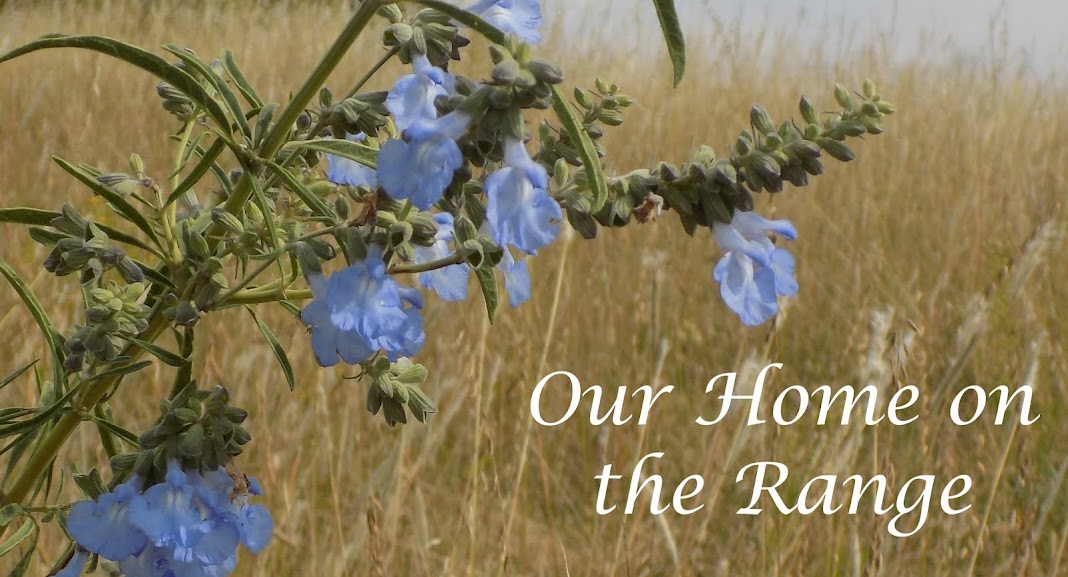
Rocks, Rivers, and the Changing Earth: A First Book About Geology
by Herman and Nina Schneider, with illustrations be Edwin Herron
A fellow member of the Mater Amabilis facebook page mentioned this book coming back into print last summer and I immediately asked our library to purchase it. They did! When I skimmed it, I knew I wanted First Daughter to read it in the coming year (in third grade) because we were planning a trip out West and this book would be a wonderful introduction to the landscapes that would soon surround her. She's an avid reader who loves more subjects to check off her list, so I just added it to Mater Amabilis Level 1A Year 2. She was already scheduled to read Mountains and Volcanoes. I wrote about our plan for Mountains and Volcanoes before First Son completed it here. I simplified it for First Daughter since she was also reading this book, but thought they complemented each other well and left both in her lesson schedule.
First Daughter read a handful of pages from this book once a week. She would verbally narrate to me and often did activities suggested in the text. Most of the activities were straightforward and easy to complete with materials we had in the house or in the dirt outside, though a few would have been improved with a trip to the garden section for a few things.
This book delightfully explains geological themes such as the water cycle, erosion, underground water, minerals, mountains, coastal areas, oceans, earthquakes, volcanoes, precious stones, and metals. Through it all is the idea that the earth is ever-changing as tiny particles are slowly or, more rarely, dramatically broken down and incorporated anew.
Over and over again, water keeps making its journey from the clouds. The water you used to wash your hands this morning is millions of years old, and it has made millions of journeys to and from the clouds, and has traveled millions of miles. Perhaps, long ago, it turned a water will in a mill in Vermont, or it was churned into white foam by Columbus' flagship, or floated off the coast of Greenland, part of a huge iceberg, or shone as dew on a lilac leaf. It may have pushed a few grains of sand on to the banks of the Nile River in Egypt, or dripped off Abraham Lincoln's hat as he walked alone in the rain. You might have rolled it into a snowball or seen it steam out of a pot of soup. It might have been in the mud puddle your dog played in last week. But each time, the warm sun lifted it, and made it pure, and sent it up into the clouds, ready to fall again, clear and fresh, upon the earth.The text and illustrations clearly explain and show the geological concepts. My daughter narrated the pages well and was able to identify some of the ideas at a visit to a local water center at the end of the school year.
As I mentioned, First Daughter read this book in third grade, but I think it would be appropriate at a range of levels. Second Daughter (age 7 and in first grade) would have understood the book if I had read it aloud to her. First Son (back when he was in third grade) probably would have needed me to read it aloud to him. I would be comfortable assigning this book through fifth grade, and perhaps even some sixth graders would benefit from it. (I often wondered if First Son would have struggled a bit less with A Doorway of Amethyst this year if he had read Rocks, Rivers, and the Changing Earth first.)
You are part of the earth's story. In your blood is iron from plants that drew it out of the soil. Your teeth and bones were once coral of the sea and tiny, beautiful sea animals. The water you drink has been in clouds high over the highest mountains of Asia and in lovely, misty waterfalls in Africa. The air you breathe has blown and swirled through places of the earth that no one has ever seen. Every bit of you is a bit of the earth, and has been on many strange and wonderful journeys over countless millions of years.We enjoyed this book in addition to Mountains and Volcanoes. I will probably include both for Second Daughter when she is in third grade, but if I could only choose one, it would be Rocks, Rivers, and the Changing Earth.
For those that might be interested in using this book, here are the page breakdowns we used. There are assignments for 25 weeks because we took Advent off. If you live in areas allowing for outside exploration to complement the studies (you know, by a mountain or a coast, etc.), those weeks might also be used for field trips. We visited a local spring one week (as part of our nature study) where the water table was visible, for example.
Part One: The Land Torn Down
3-10
10-15
16-22
23-28
29-34
35-40
41-47
49-55
55-59
61-66
67-73
73-80
81-84
85-91
Part Two: The Sea Filled In
95-101
102-106
Part Three: The Land Built Up
109-116
116-122
123-134
135-141
142-147
148-154
155-161
161-166
Part Four: Man and the Earth
169-171

